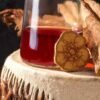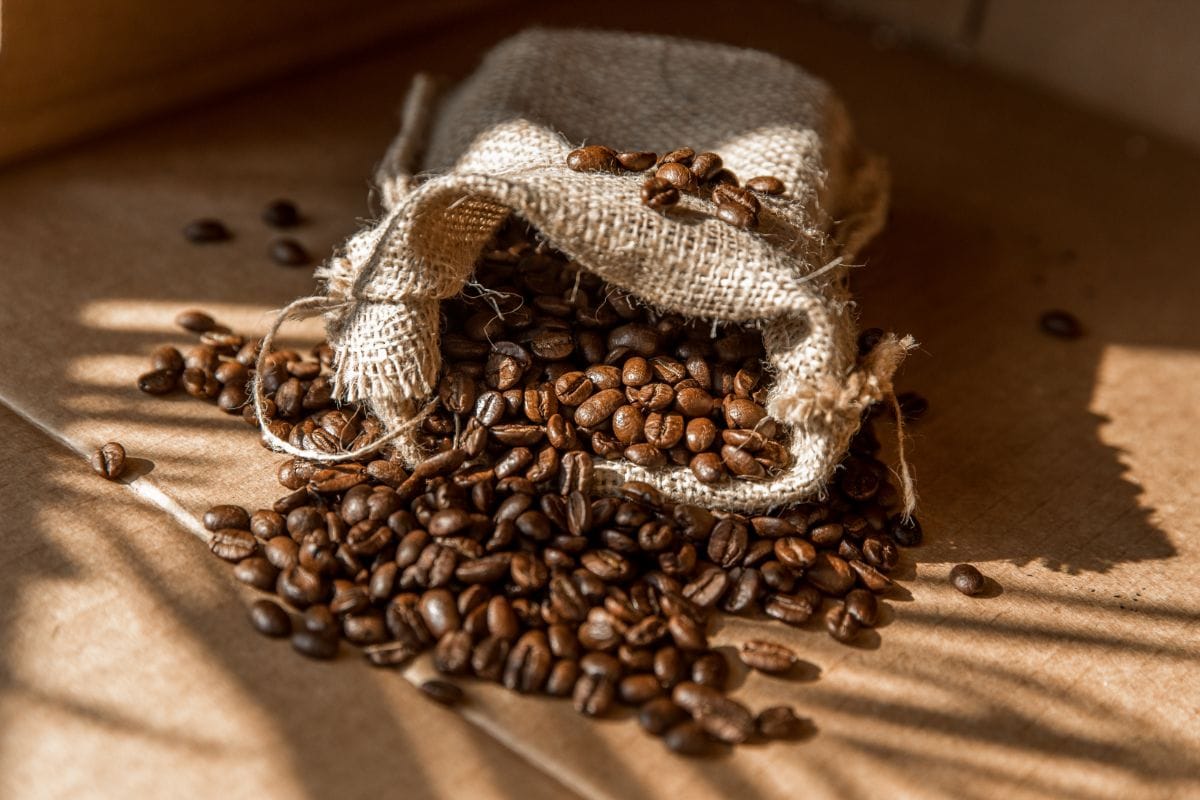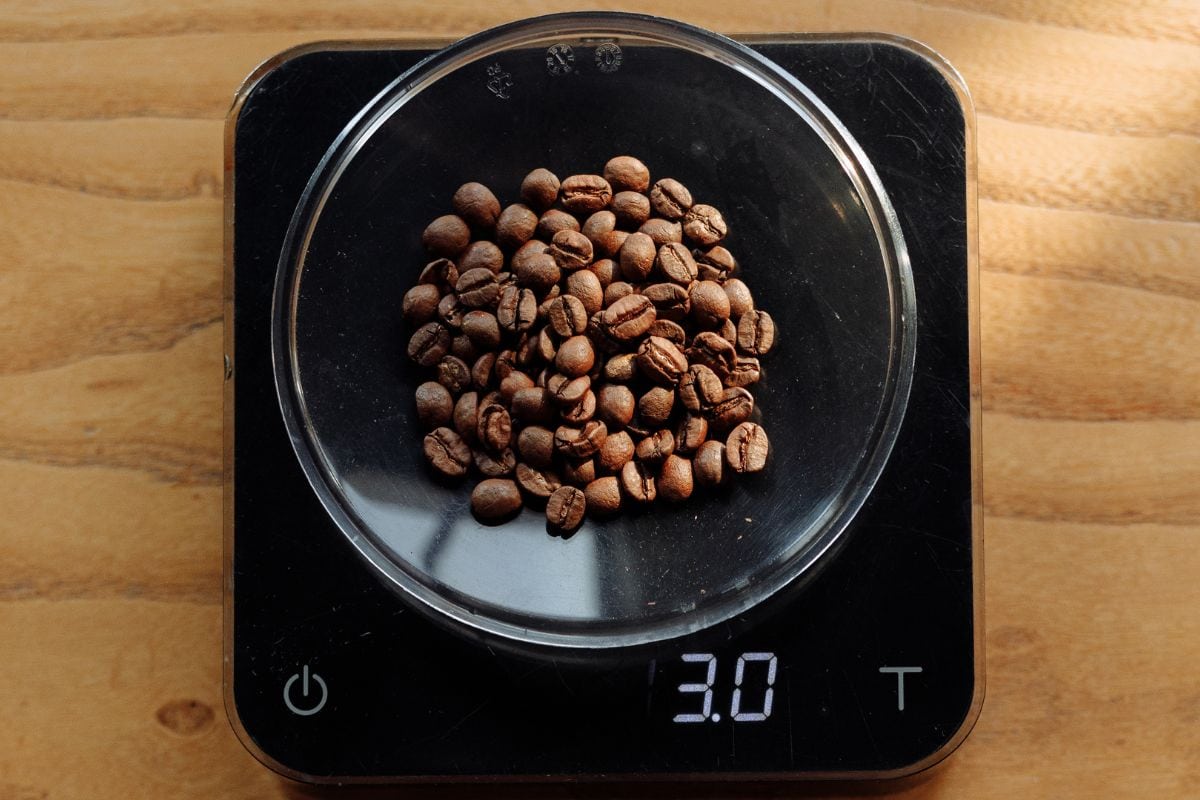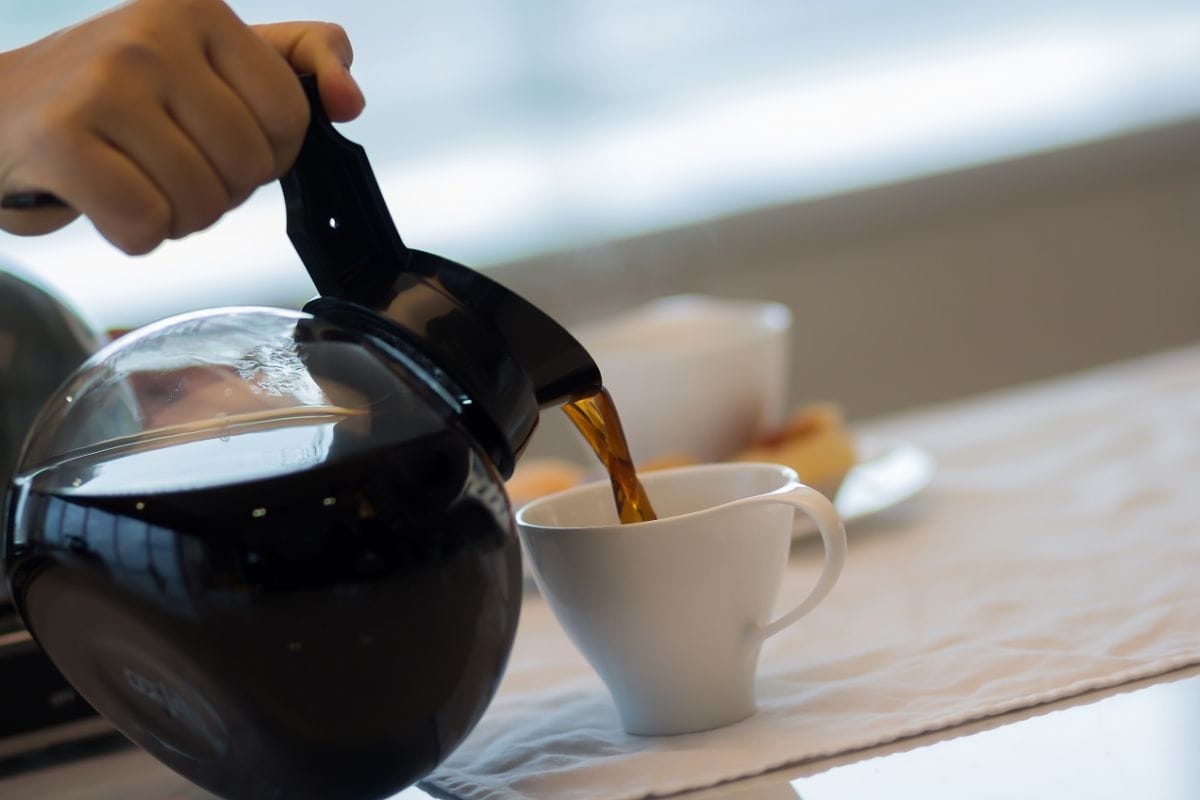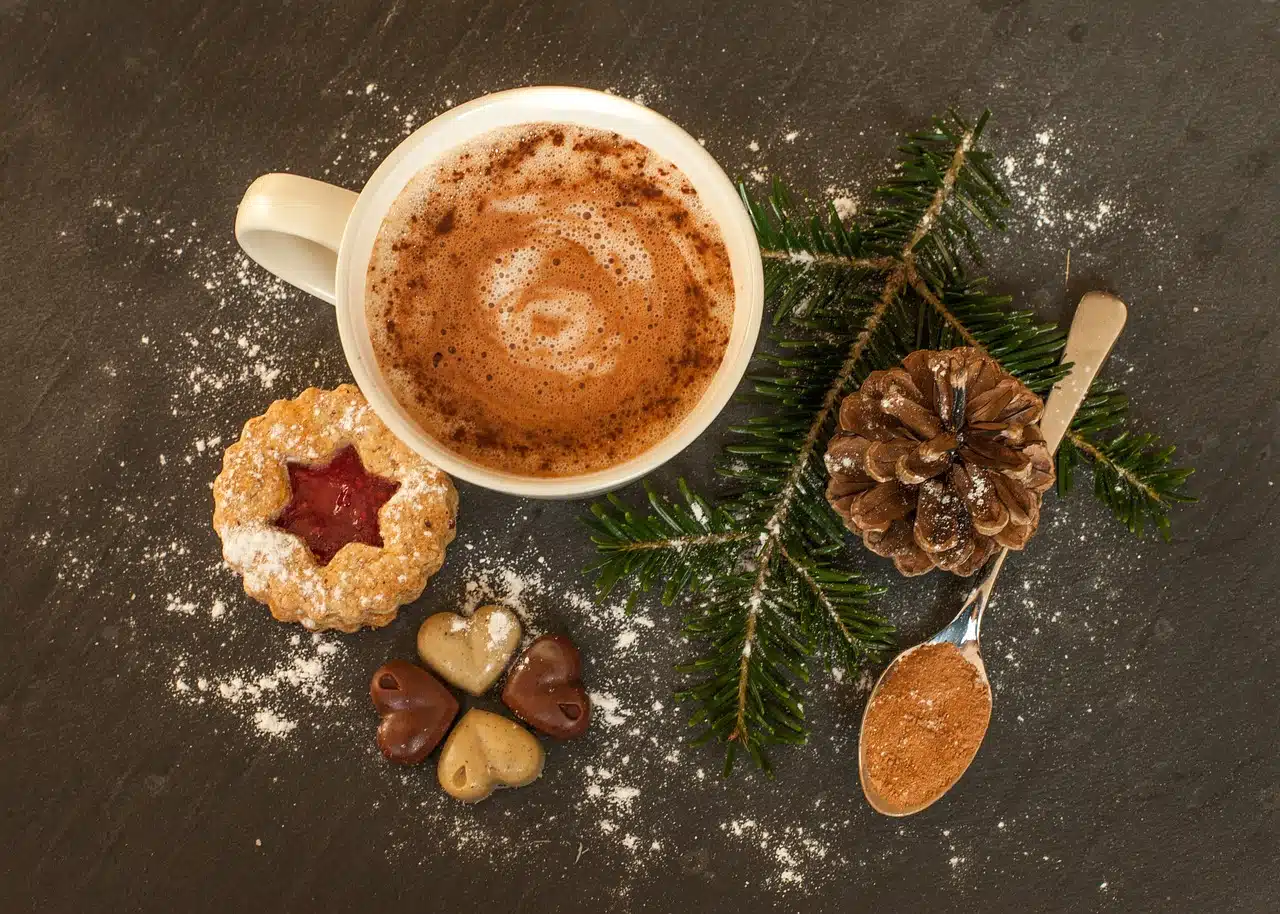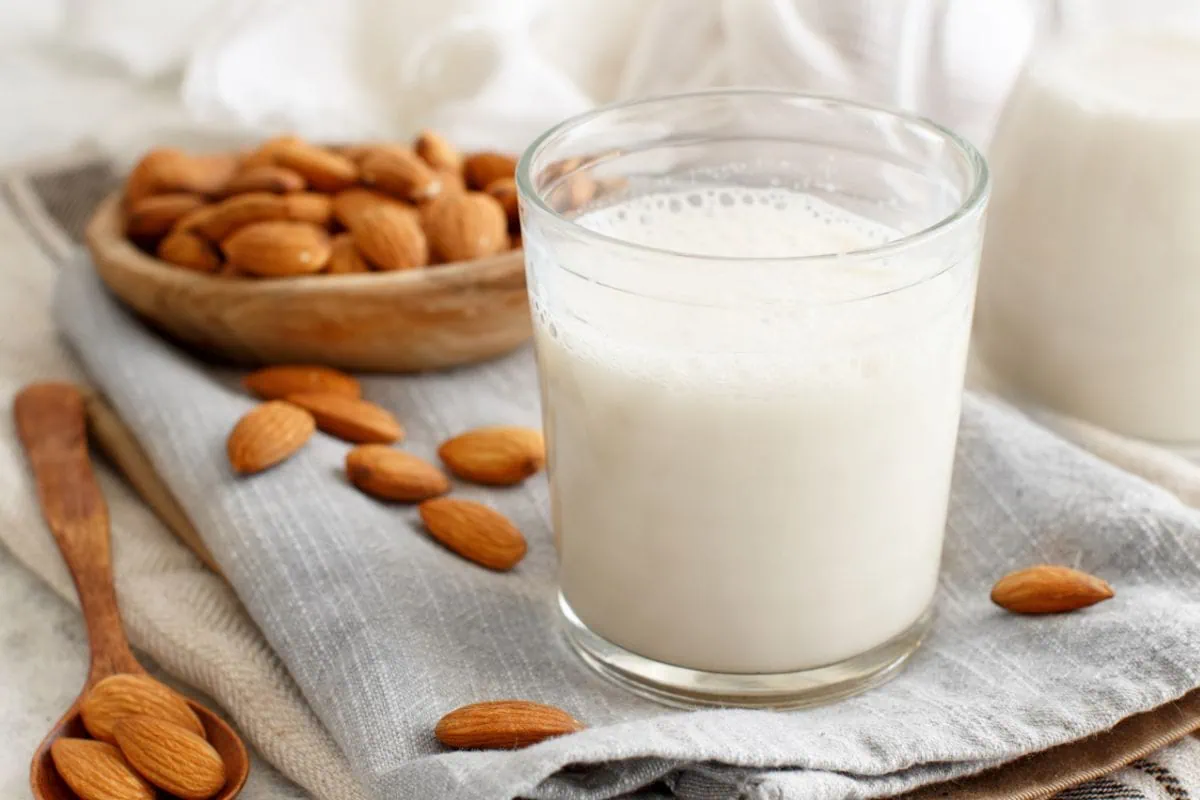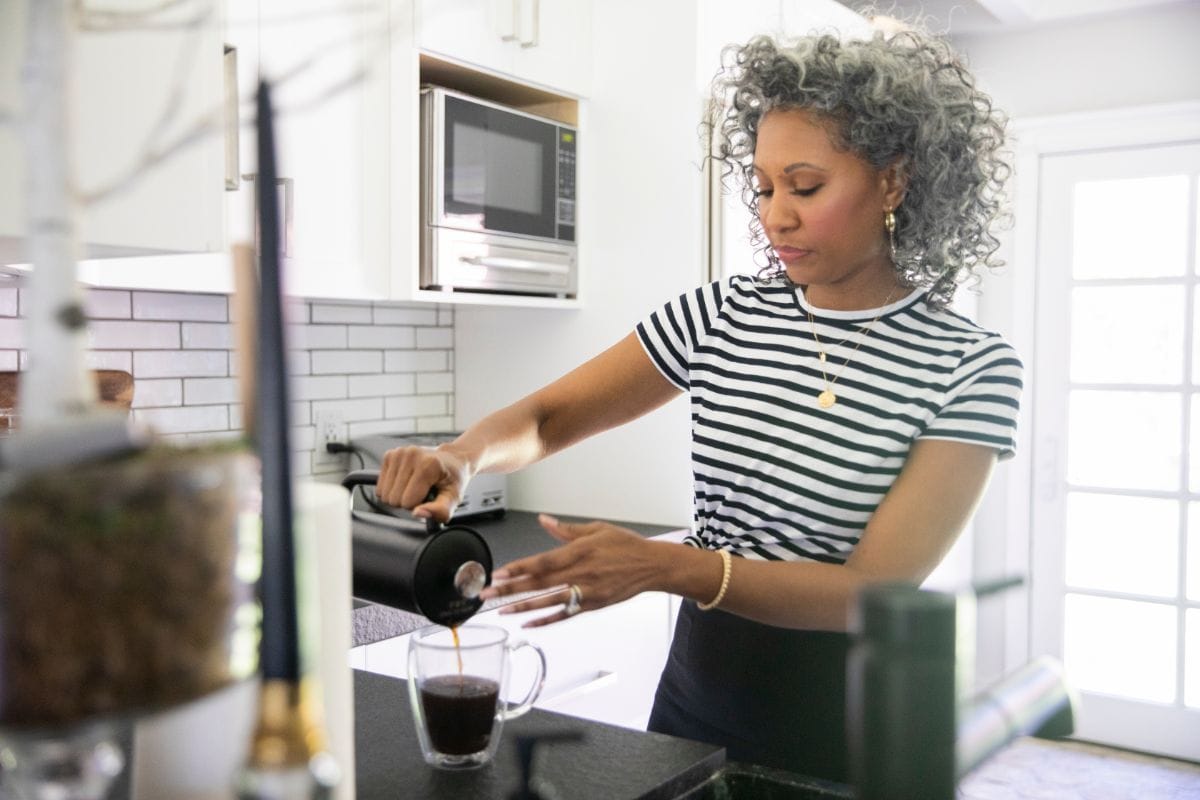Ah, coffee. There’s nothing quite like that rich and bitter taste that’ll get you up and out of your bed on a Monday morning. We all need that caffeine fix, right?
Of course, you could roll yourself out of the comforter and head straight to your local coffee shop and have them do all the hard work for you, but those $5 coffees can quickly start to add up and leave you out of pocket.
That’s why learning to brew yourself the perfect cup of joe is pretty much essential. It should be an important part of any adult-survival guide. And though brewing coffee isn’t exactly a laborious task, getting that perfect ratio of coffee to water isn’t always the easiest thing in the world.
So, in this article, we’re going to go over everything you’ll need to know when it comes to coffee beans. By the time you’re done, we promise you’ll be brewing those beans like an absolute pro! Let’s get you that coffee fix ASAP – there’s no time to waste, so let’s get started.
How Many Coffee Beans Should You Use Per Cup?
Right, so let us start this off by saying that we’re going to measure our coffee beans per ounce in this article. It’d be a pretty long day if we discussed this per bean – and you’d certainly have a long counting job ahead of you if we did.
The next thing to remember is that everybody’s ‘perfect’ coffee is a little different. Some like a super strong coffee while others prefer it a little weaker. So you may need to adjust the amount you use to taste.
With that being said, though, it is generally believed that the optimal amount of coffee beans is around 0.38 ounces (10.6g) per cup. For ground coffee, this works out at around two tablespoons.
The type of water you use will also affect the overall taste of your coffee. You’re going to want to use filtered water for the best results. You see, tap water is usually filled with mineral flavors that impact the taste, so it’s best to avoid this where possible.
Then the actual temperature of your filtered water will make a difference too. Ideally, you want it to be anywhere between 195-205 degrees Fahrenheit.
This is because when the water temperature is more extreme it can essentially burn your coffee beans meaning that you’ll have an unpleasant super bitter and pretty acidic beverage. And that’s less than ideal first thing in the morning.
Measuring Your Coffee Beans
With Digital Scales
In terms of measuring pretty much anything, there is one kitchen appliance that will always be your best friend, and that is the digital kitchen scale. When it comes to measuring out your coffee beans you’ll want to grab this handy appliance.
Let’s take a look at a step-by-step guide for measuring them out.
- Place A Container On The Scale – First, you’ll need to set an empty container of any kind on your digital scale.
- Tare/Zero – Next, you’ll need to press either the ‘tare’ or ‘zero’ button onto the scale so that you eliminate the weight of the container from the display screen.
- Pour Your Beans – Slowly and carefully pour your beans into the container while keeping an eye on the weight displayed on the scale’s screen. Stop once you reach the correct measurement.
- Grind – Once you have the correct number of beans you can then transfer them into your grinder until you achieve a medium grind.
- Brew – You can then brew the beans in the coffee maker.
Top Tip – Keep in mind that the finer the coffee grounds are, the stronger your coffee will be.
Without Digital Scales
If you don’t have any digital scales, don’t despair, there are still ways to ensure that you have the perfect cup of coffee too.
For example, you can grind the beans until you have a minimum of two full tablespoons of ground coffee. Let’s take a look at a step-by-step guide for measuring them out using this method.
- Add Coffee Beans To The Grinder – Add around four tablespoons of coffee beans into your coffee bean grinder.
- Measure – Measure out a minimum of two tablespoons of ground coffee for each cup you intend to make.
- Keep Adding – Keep adding more beans as required until you reach the desired amount of coffee.
- Take A Mental Note – Take a mental note of how many tablespoons of coffee beans you placed into the grinder so that you know for next time.
Pour-Over Coffee
If you prefer pour-over coffee, you have the option to tweak your coffee since you have complete control of both the grind and water temperature. Here, I’d advise using your coffee mug as a guide for the amount of water that you’ll need.
But generally, most mugs hold approximately nine ounces of water so you’ll want around three tablespoons of coffee or around 0.57 ounces.
French Press Coffee
When it comes to french press coffee, the first thing you need to be mindful of is the number of cups it holds.
For example, the typical four-cup french press will produce two small cups of coffee. In this instance, you’ll need around one to one and a half cups of water and around four tablespoons of coffee.
Top Tip – Make sure that the coffee beans have been ground into fine flakes so that they can percolate through the strainer.
Final Thoughts
If you want to sip away at a perfectly brewed cup of coffee, it is super essential that you learn the correct coffee bean measurements. Without this knowledge, a great cup of joe is simply not achievable.
However, from this article, you should now know exactly what measurements to use. Let’s recap quickly – you need around 0.38 ounces (10.6 grams) of coffee beans per cup. Luckily, you also now know exactly how to measure this out too.
So, what are you waiting for…the coffee brewer is calling!



